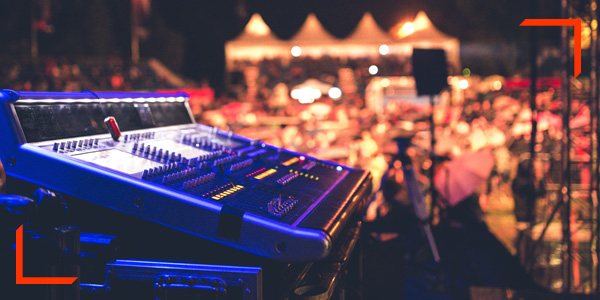

- MIXING LIVE SOUND TRAINING HOW TO
- MIXING LIVE SOUND TRAINING PRO
- MIXING LIVE SOUND TRAINING PROFESSIONAL
- MIXING LIVE SOUND TRAINING DOWNLOAD
An iTunes (or equivalent) account to download the music examples or the CDs from which the examples are taken.

MIXING LIVE SOUND TRAINING PRO


MIXING LIVE SOUND TRAINING HOW TO
Lesson 7: How to Get Great Drum and Percussion Sounds Lesson 6: Speakers, Amplifiers, and System Processors Additional Mic Characteristics and Applications.Lesson 2: Sound Theory and Acoustic Considerations Song Form and the Contemporary Pop Song.The Musical Function of the Band Members.Lesson 1: The Sound Operator and Musical Considerations Identify special considerations for recording the live show.Build a high-quality mix that is appropriate for a wide variety of age groups, stylistic preferences, and acoustical environments.Use microphone technique, equalization, effects, and dynamics processing to build excellent piano, acoustic guitar, electric guitar, keyboard, bass guitar, drums, and percussion sounds so they function well together.Achieve excellent vocal sounds for various styles, genres, and acoustical environments.Apply logistical and managerial techniques to help manage equipment, setup teams, and road crews.
MIXING LIVE SOUND TRAINING PROFESSIONAL
Identify important considerations regarding music, including the identification of the types of sounds that work well in a professional mix.When properly equipped with the tools, techniques, and insights needed to build an excellent mix, you will be the musicians' closest and most trusted ally.īy the end of the course, you will be able to: The goal of the course is to enable you to build your own mixes and use what you've learned to conform to a high standard for sonic quality, blend, and authenticity. These tools are presented in a manner that places a high value on the creative and technical influences they impose on the individual sounds, as well as the control they can offer for multiple sounds, channels, and tracks. The course emphasizes instrument sounds, microphones, equalization, and dynamics processing. You will study, evaluate, and compare several different live and studio recordings in order to establish a point of reference for your own mix choices. This course explores the acoustical, musical, and technical aspects of the live performance, in order to learn how to present the best possible sound to the audience. Music Composition for Film, TV, and Games.Electronic Music Production and Sound Design.Interdisciplinary Music Studies (Create Your Own Major).Music Theory, Harmony, and Ear Training.


 0 kommentar(er)
0 kommentar(er)
